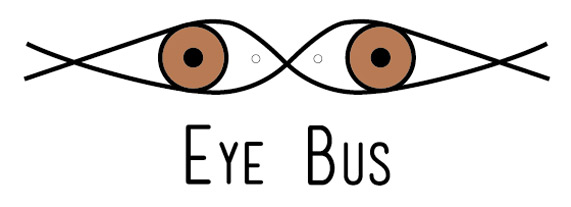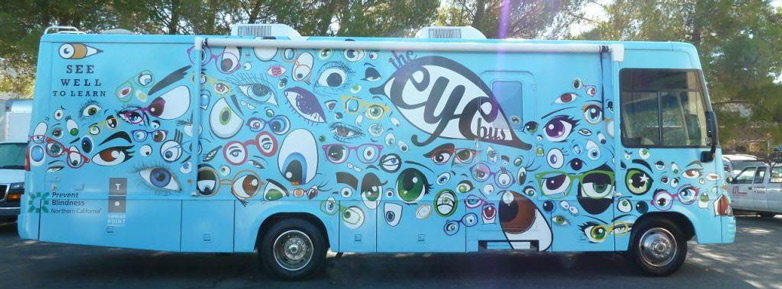Healthy normal eye (emmetropia):
Without refractive errors the light rays from an object enter the eye and are focused on the retina and the image is perfectly sharp.

REFRACTIVE ERRORS
Nearsightedness (or Myopia)
Nearsighted people have good near vision, but they need glasses for far away.
Nearsighted people have a longer eyeball so that the light rays coming from an object in the eye fall in front of the retina. As a result, the patient’s vision becomes blurred.
Myopia can be caused by a change in refractive power in the lens of the eye due to e.g. evolution of cataract.
Nearsightedness can usually be corrected with custom glasses. If the additional myopia is caused by the evolution of the cataract, the only treatment is surgery, because a spectacle adjustment in this situation is a temporary solution, depending on the speed of the evolution of the cataract. It is possible that the patient with new glasses starts to see worse again after 2 months. A biomicroscopic examination can help to understand the condition of myopia due to lens opacity.
Farsightedness (or Hypermetropia)
Farsighted persons usually have good farsightedness (depending on the amount of farsightedness and age) but for near sight they need glasses.
Farsighted people have a shorter eyeball, so the light rays coming from an object fall behind the retina.
Younger people can compensate for farsightedness themselves through accommodation; by calling on the zonular muscles, the thickness of the lens of the eye is changed. This way they can see clearly. Accommodation allows them to see sharply at different distances. As one gets older (from 40 years) the capacity for accommodation decreases and thus the farsightedness becomes more pronounced. This causes the person to see blurred and needs glasses to see clearly.
Astigmatism
In case of astigmatism, the cornea has different curvatures in different directions. The eyeball takes on more of an oval than a round shape, so that the light rays coming from an object are focused at different distances from the retina. That gives blurred vision depending on the degree of astigmatism.
Presbyopia
As one gets older (from 40 years) the capacity for accommodation decreases and one can no longer change the thickness of the lens like younger people, to read with distance correction or without correction.
With nearsightedness, they wear glasses to see far and see better without glasses for nearsightedness, depending on the amount of myopia.
With farsightedness, they have reading problems before the age of 40. As a result, the person has blurred vision and needs glasses to see clearly, also to read.

